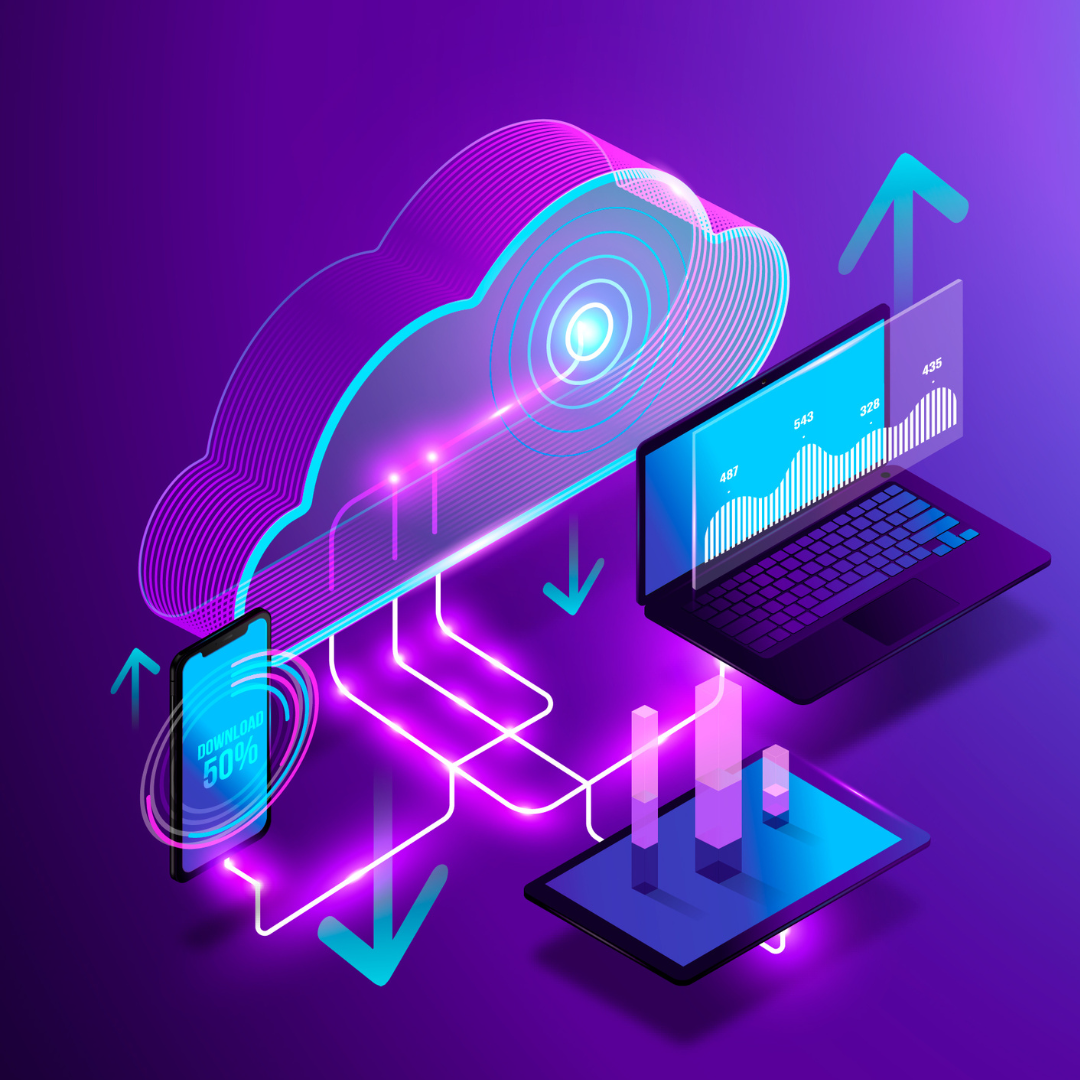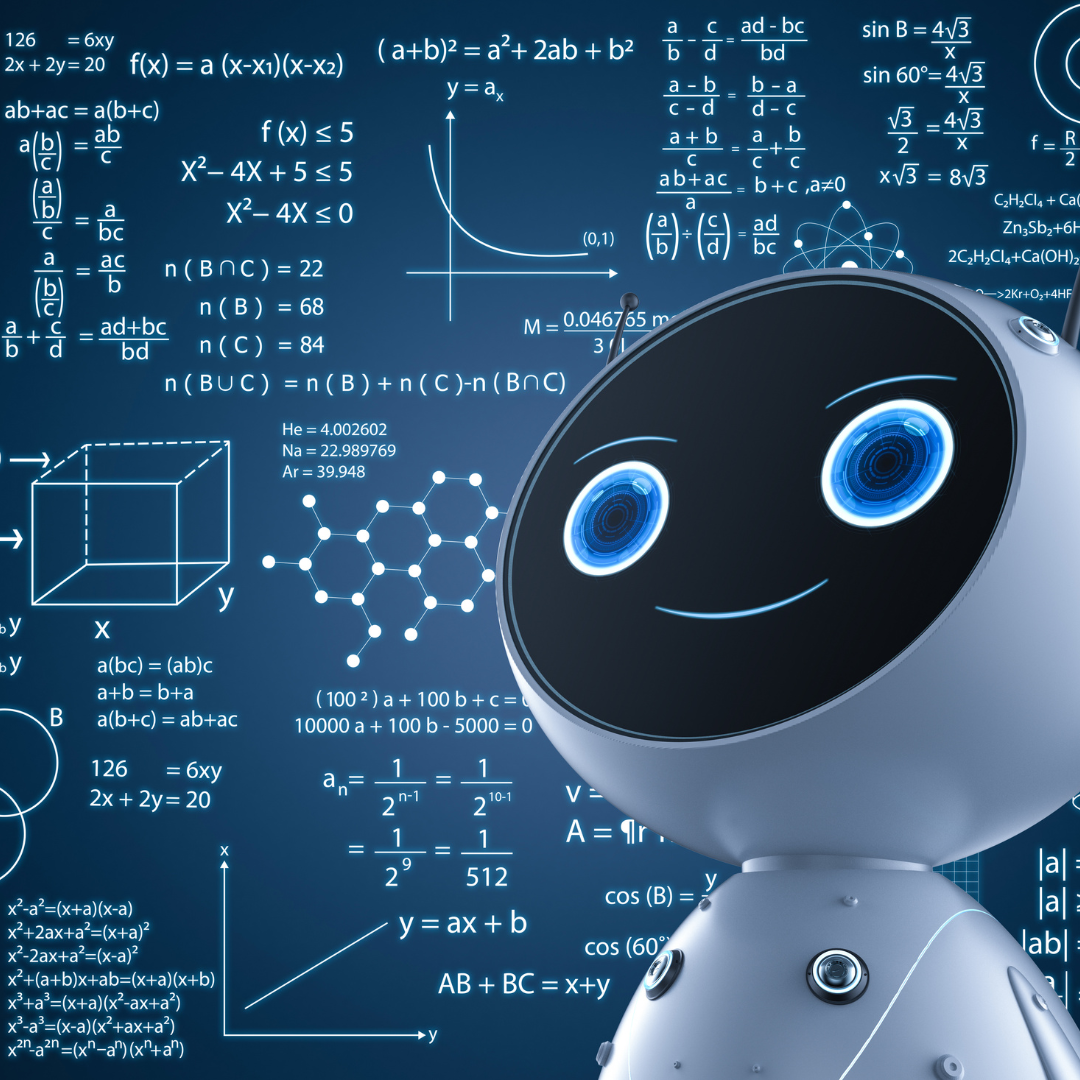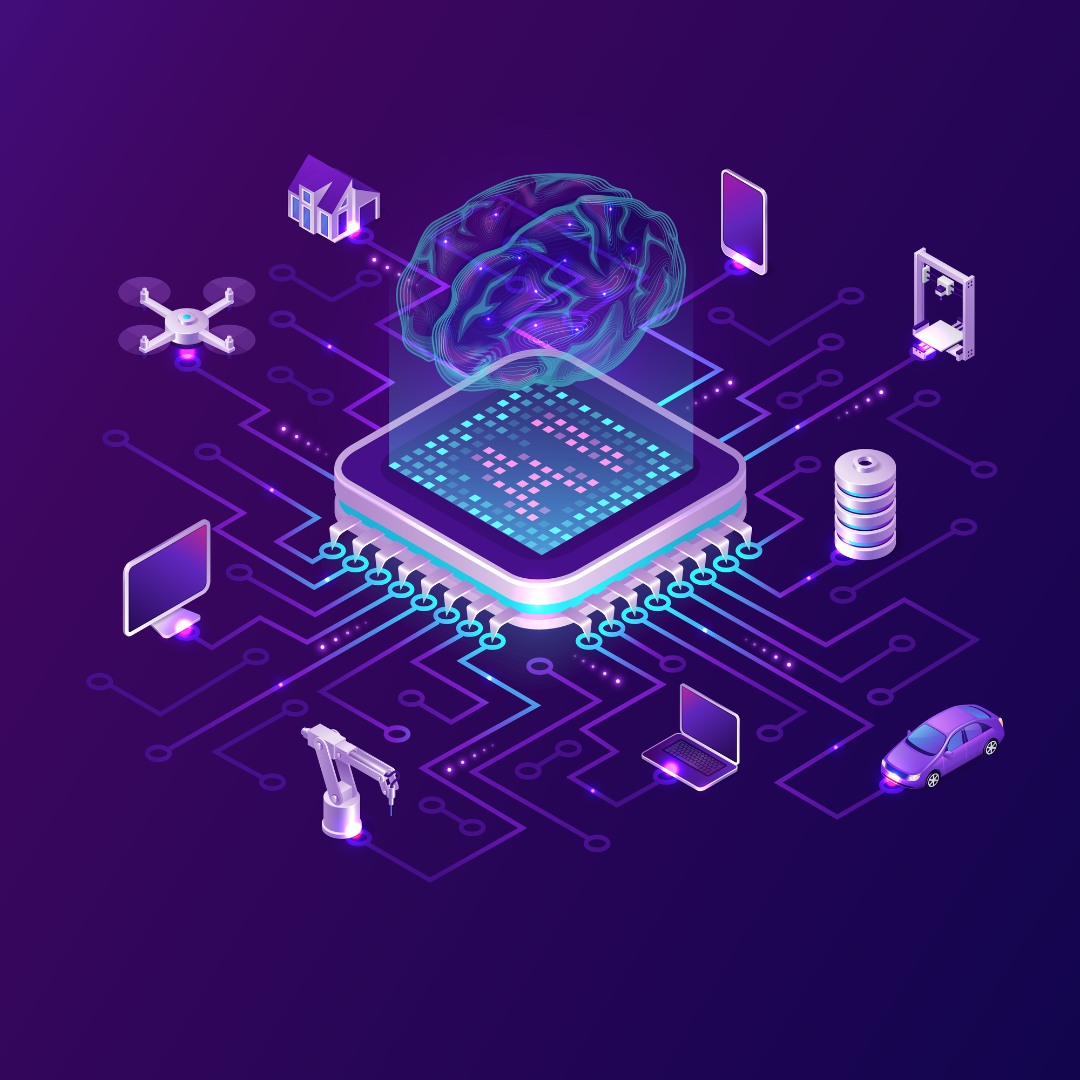About
Silicon rush
Silicon Rush is the IEEE Computer Society's upcoming 24Hrs hackathon this November. The hackathon is a chance for coders to unleash their creativity, innovate and test the limits of their skills and knowledge. If spending 24 hours coming up with ingenious ideas and create effective solutions for real-world problems sounds like the perfect way to spend your weekend, this is just the hackathon for you!
Teams will be selected based on their problem statements, so think outside the box and give us your best!
At the end of the 24-hour hackathon, teams will be deploying their app and presenting it to the judges.
- Dates - 16th and 17th November 2024
- Venue - 13th Floor, BE Block, PES University RR Campus
- Time - 9:00 AM - 9:00 AM (16th - 17th November)
The problem statements are well curated so as to solve a real world problem
50,000 Rupees
Register
Team Registration
Note: Only one member per team needs to fill this form.
Design an integrated wellness platform that leverages AI and machine learning to provide personalized health interventions across mental health, fitness, and nutrition. The system should incorporate sentiment analysis for mood tracking, computer vision for workout form correction, and recommendation engines for meal planning. Key features should include real-time mood analysis through text/voice inputs, ML-powered workout partner matching based on behavioral patterns and fitness metrics, and a smart dietary assistant that uses computer vision to analyze food portions and generates personalized meal plans using nutritional algorithms.
Create an immersive augmented reality fitness platform that transforms traditional workout experiences through real-time pose estimation and motion tracking. The system should utilize computer vision to analyze user movements, providing instant feedback on form correction while overlaying 3D anatomical visualizations to demonstrate proper technique. Implement machine learning models to adapt difficulty levels and create personalized workout progressions based on user performance data.
Reference link: Yoga on Meta Quest
Reference link: How AR will transform the Fitness Industry
Don't we all detest the congested streets in some parts of Bangalore? Our patience is put to the test, and it also makes us late for work. In addition to this, traffic also slightly raises fuel consumption, which directly affects vehicle emission rates and raises pollution levels. The best time to respond to and resolve this issue is now.
Create an intelligent driving assistance system that combines IoT sensors, computer vision, and natural language processing to provide real-time driving behavior analysis. The platform should utilize accelerometer data, GPS tracking, and video analysis to detect driving patterns, with machine learning models assessing risk levels and generating personalized improvement strategies.
Note: A solution that involves the usage of synthetic (generated) sensor data or from sensor datasets are encouraged.
Design a comprehensive smart security ecosystem that integrates edge computing with IoT sensors for real-time threat detection. The system should employ computer vision for person identification, anomaly detection algorithms for unusual activity recognition, and predictive maintenance for device health monitoring. Include federated learning capabilities for privacy-preserved security pattern recognition across multiple households.
Design a UAV-based disaster response system using ROS and Gazebo for simulation and testing. The system should implement autonomous navigation, with the drone capable of capturing and processing aerial imagery to identify affected zones. Teams should develop a ground control interface that processeses image feeds using OpenCV for basic damage assessment, and generates area coverage maps. The system should include waypoint navigation and emergency return-to-home or safe food airdrop spot detection capabilities.
Develop a blockchain-based malware incident reporting system using Ethereum smart contracts for immutable record-keeping. The system should implement a decentralized architecture where organizations can securely log incident details including malware signatures, attack vectors, and impact assessments. Key requirements include implementing role-based access control, cryptographic verification of submitted reports, and a consensus mechanism for validating incidents. Teams should create an interface for incident submission and querying, with features for tracking incident status and generating threat intelligence reports. The solution should demonstrate proper implementation of blockchain fundamentals including transaction validation and smart contract security.
Blockchain is one of the growing technologies used for financial management systems. Financial data must be kept secure otherwise it can create a huge loss. So, whenever security features or technologies are developed, we must keep financial security as a priority. Stock market management is another area of the finance sector that works on two concepts, that is, minimize the risk and maximize the profit.
Imagine companies can register, issue and trade shares on a blockchain-based platform. What does it mean to you? In brief, you can buy company shares using digital currency.
Note: Build an application with blockchain technology that can be used to buy and sell stocks. Real world stocks can be tokenized into digital stocks which can be easily transferred using peer-to-peer. These digital stocks act similar to digital currency whose price is real time and fluctuates. Stocks exchanged completely peer-to-peer could resolve many of the issues facing the stock market today, including high frequency trading and short sales.
Design an adaptive learning platform that leverages LLMs for personalized education. The system should analyze student responses to dynamically adjust content difficulty, generate practice questions, and provide detailed explanations. Implement spaced repetition algorithms for optimized learning schedules and include features for progress tracking and performance analytics. Teams should focus on prompt engineering for educational content generation, implementing a feedback loop for learning optimization, and creating an engaging user interface. The platform should support multiple subject areas and learning styles while maintaining conversation context for meaningful interactions.
Note: Feel free to use open-source LLMs and foundation models with any modifications to your pipeline, including fine-tuning , Retrieval Augmented Generation (RAG) techniques etc.
Design a comprehensive wildlife monitoring system that combines computer vision and geospatial analytics to protect both endangered species and human settlements. The solution should implement a multi-modal pipeline that processes inputs from camera traps, satellite imagery, and ground sensors to detect and track animal movements. Using pre-trained deep learning models for animal detection and classification, the system should maintain a real-time heatmap of animal activities on an integrated map interface. The platform should enable wildlife experts to analyze behavioral patterns through historical movement data, habitat utilization, and potential conflict zones, while implementing an early warning system for nearby settlements when animals are detected moving towards inhabited areas. Teams should focus on creating an end-to-end solution with both real-time monitoring capabilities and a web dashboard for long-term analytical insights, designed to handle multiple species tracking while maintaining low latency for critical alerts. The solution should demonstrate effective use of computer vision pipelines and geospatial data .
Note: A simple proof of concept (POC) will be considered since the problem statement is vast and requires a lot of data. Effectively demonstrating the working components of the system will be considered.
Create a security incident response management system focusing on web application threats. The platform should include modules for incident detection using log analysis, automated alert generation, and structured response workflows. Teams should implement features for incident categorization (XSS, SQL injection, DDoS), severity assessment, and response tracking. Include capabilities for generating incident reports, managing response team assignments, and maintaining an audit trail of actions taken. The system should integrate with common security tools and provide API endpoints for external integrations.
Think you have a brilliant idea that does not fit into any of the above categories? This is a category for you where you can impress us with your own innovative ideas. Be sure to include as much relevant information as possible!
ROADMAP








